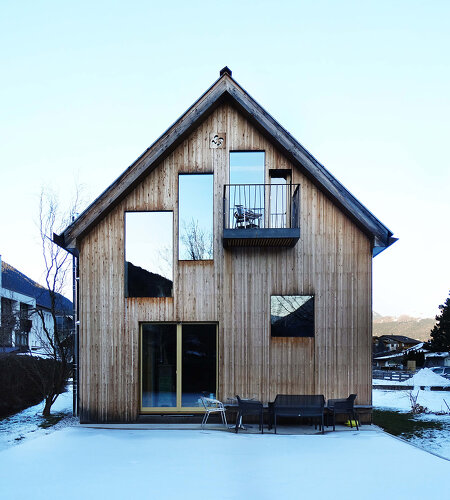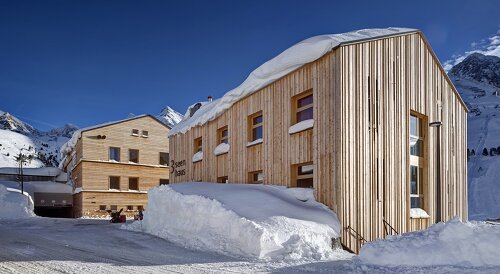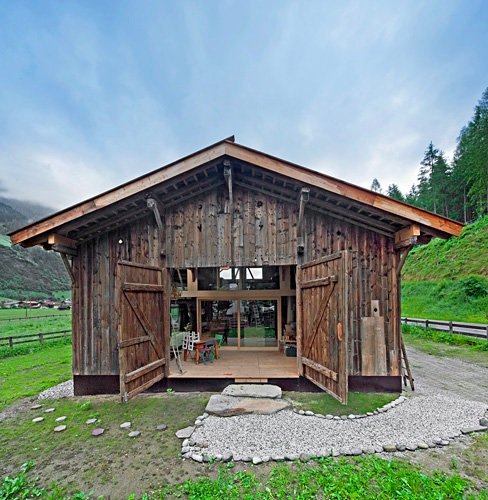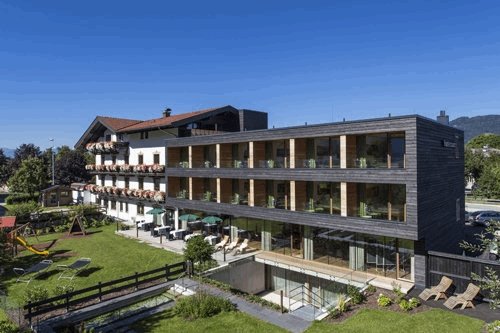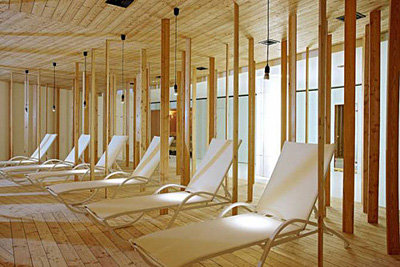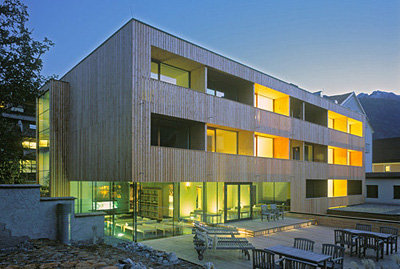Office P.
Architecture: Madritsch Pfurtscheller (2015-2020) Builder-owner: Claudia Pfurtscheller Open to the public: No In 2020, the project received an Honorable Mention of the State of Tyrol for New Building.
The little house in Fulpmes is a paramount example of the resource-saving approach to building materials and upcycling. Materials from a nearly 200-year-old, demolished threshing floor were utilized, as well as used windows, doors and glass. Moreover, regional or inexpensive materials were primarily used. A radically stripped-down, open-use space emerged on the ground floor, and a one-room apartment on the upper floor, largely equipped with used items.


